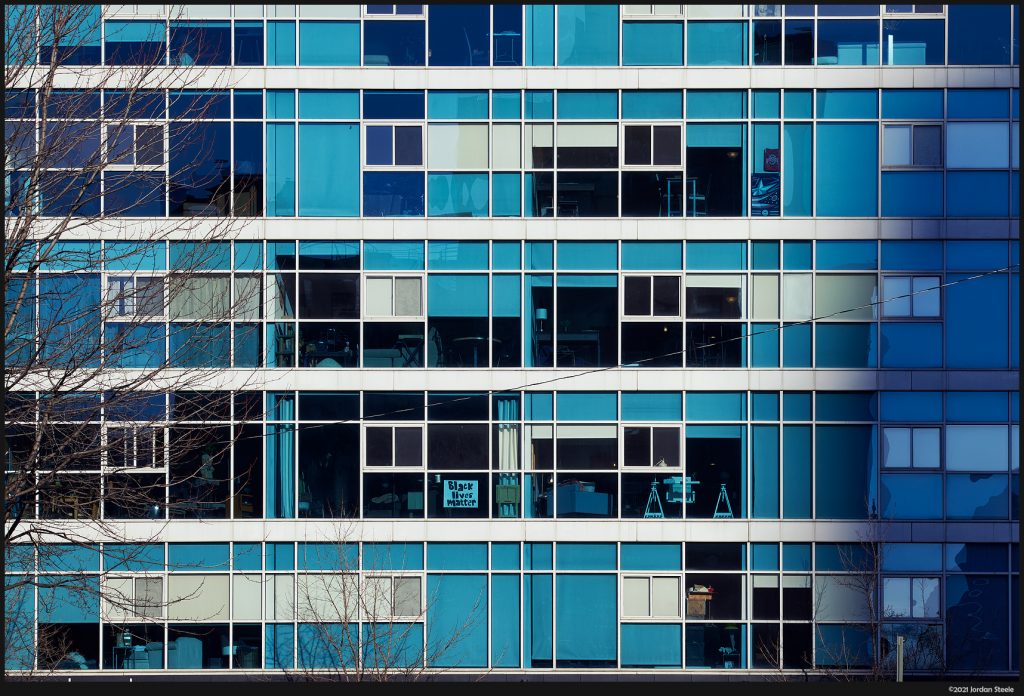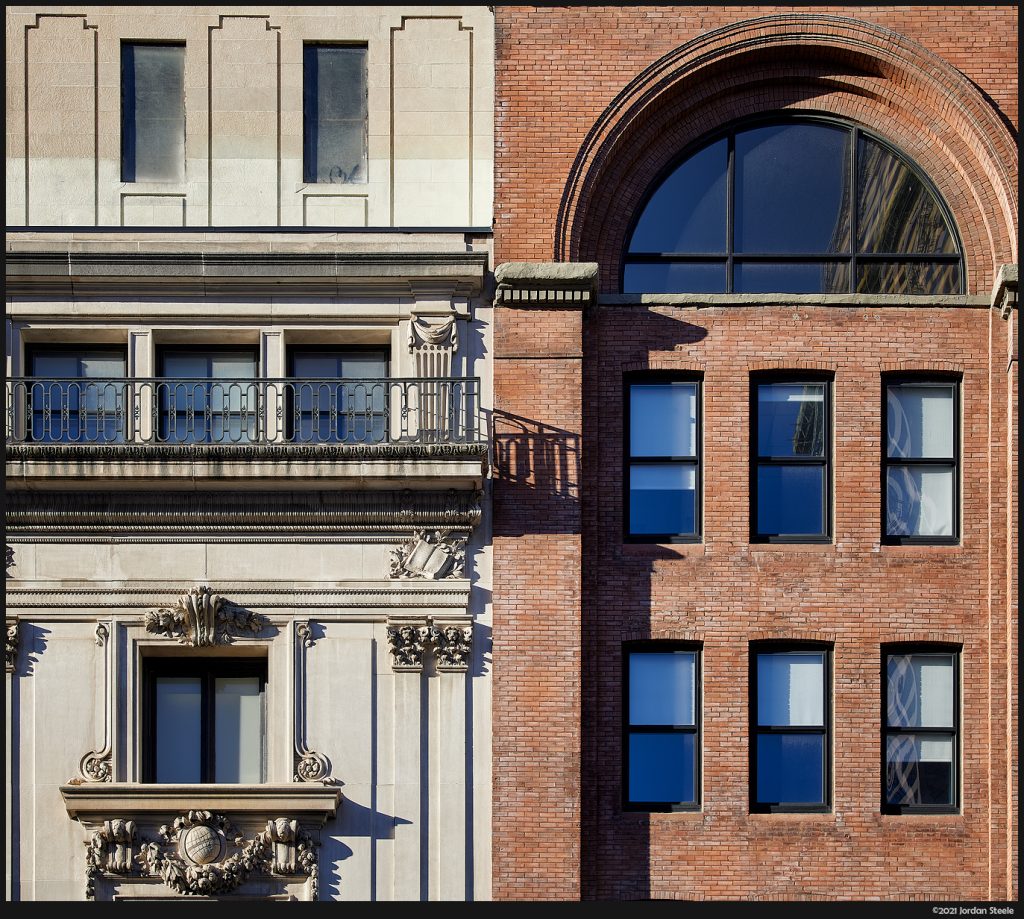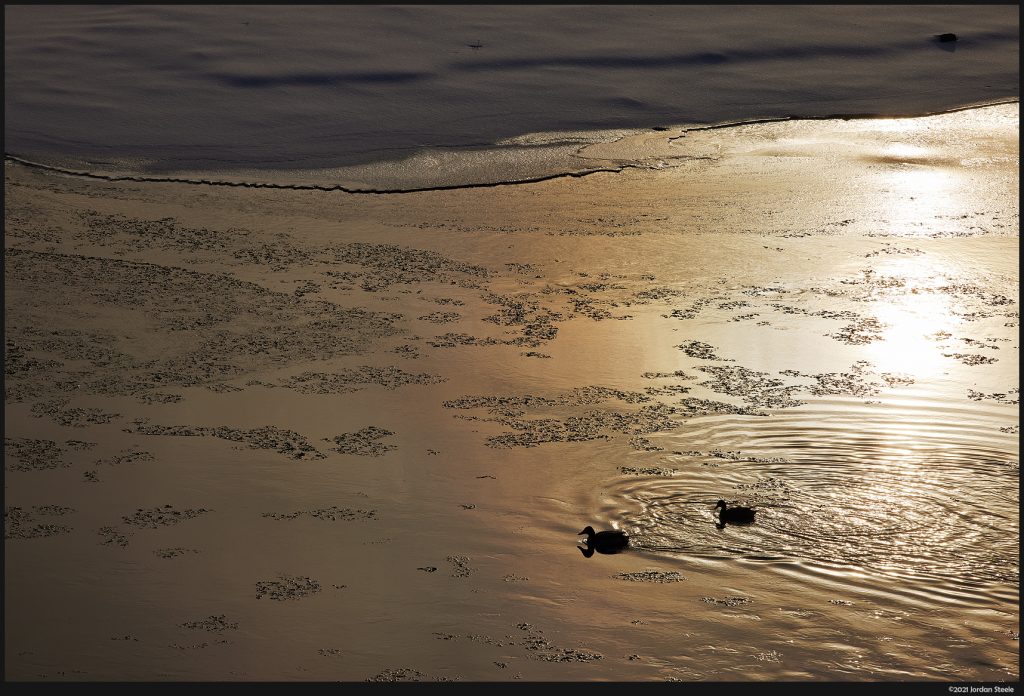Image Quality
Canon’s 70-200mm lenses have always been excellent optically, and even with the design change to an extending zoom, the same is true for the RF 70-200mm f/4L IS USM.
Sharpness
The RF 70-200mm f/4L IS is, as you might expect, a very sharp lens. The lens starts out sharp over the majority of the frame right from f/4, with the corners at 70mm and 200mm lagging a little bit. These sharpen up when stopping down to create excellent cross-frame sharpness at smaller apertures throughout the zoom range.

If you read my comparison between the f/2.8 and f/4 versions of the RF 70-200mm lenses, you’ll note that the RF 70-200mm f/4L IS does show some field curvature at the edges near the long end of the zoom range when stopping down. As such, the extreme corners are softer at f/8 than they are at f/4 when shooting flat field subjects at close range. This effect diminishes as you focus further away, and in real world usage, it never once caused an issue. It may be worth knowing the effect exists, but you are unlikely to ever encounter it in real world shooting.
Bokeh
As 70-200mm lenses are often used for portraiture or for isolating details, often you will want to blur the background of your images. The RF 70-200mm f/4L can’t do the more extreme shallow depth of field of its faster brother, but it can still provide plenty of subject separation. The quality of the bokeh is actually quite good, with generally softly rendered out of focus areas, soft specular highlights with no onion rings, and just an overall pleasing appearance. There is some mechanical vignetting towards the edges which elongates highlights, but this is the norm for most every lens out today. In all an excellent performance here.

Color, Contrast and Chromatic Aberration
The RF 70-200mm f/4L IS shows outstanding color and contrast throughout the zoom range, and right from f/4. Images are punchy with excellent color saturation.
The lens exhibits a small amount of lateral chromatic aberration, which can be seen as a red and cyan fringe around detail at the edge of the frame. This is of course easily correctable in software. The 70-200mm f/4L exhibits very good control of longitudinal chromatic aberration, and I didn’t encounter any visible fringing in the areas fore and aft of the focus point in my time testing the lens.

Distortion Flare and Vignetting
The 70-200mm f/4L IS exhibits a small amount of barrel distortion at the wider focal lengths, with a moderate amount of pincushion distortion towards the long end of the zoom. Neither are complex in nature and are easily dealt with in postprocessing.
One of the big issues with the older EF 70-200mm f/4 lenses was their tendency to flare rather dramatically with the sun in frame or just out of frame. Thankfully, Canon has made rather large improvements in this area with the RF version of the lens. While ghosting can still appear in the right circumstances, in most situations, I found ghosting to be minor, with minimal loss of contrast with the sun in the frame.

Vignetting is also reasonably well controlled, with minimal vignetting at the wider focal lengths and only moderate vignetting as you move towards 200mm. Stopping down a stop or two will get rid of almost all traces of it.
In all, the RF 70-200mm f/4L IS USM puts in an outstanding performance, with excellent sharpness, great color and contrast, good bokeh and very good control of lens aberrations.





Leave a Reply